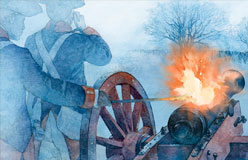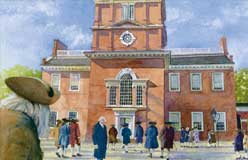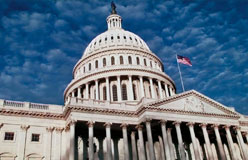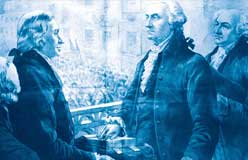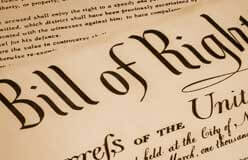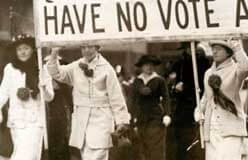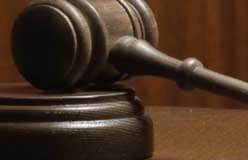The Constitution starts with a short preamble that explains its purpose. The preamble begins: “We the People of the United States.”
These words stress that the power of the document comes from the people. After the preamble are seven articles. Some are divided into sections. Some of the articles and sections are also divided into clauses.
